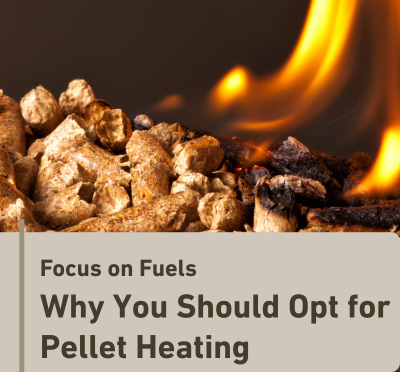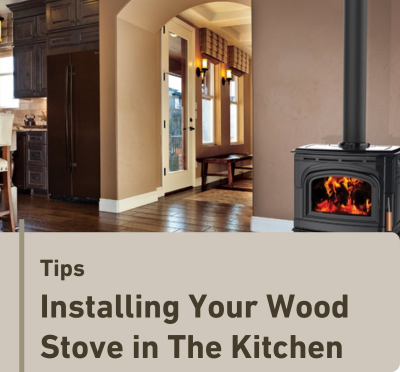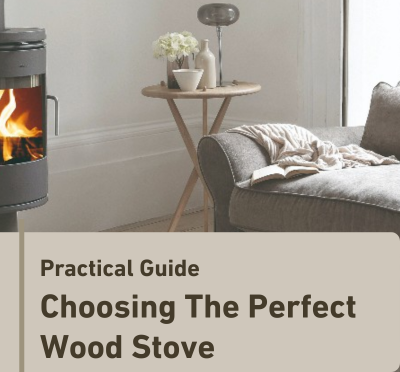
Experts’ Advices
5 Common Causes of Heating Units Breakdowns
By Technical Support Team
| October 25, 2024
With fall well and truly here, it’s starting to get cold and we have already started lighting our stoves and fireplaces to get the rising humidity out. When people begin operating their appliances again, the number of repair requests increases immediately. So we took the opportunity to ask our technical service experts what they thought were the most common causes of heating units breaking or malfunctioning. Here are 5 things they told us.
#1 – CHIMNEY POORLY CALIBRATED FOR THE APPLIANCE
Since we can’t see it, it’s easy to forget that the exhaust is a crucial part of an installation. In fact, a large part of the proper functioning of a heating appliance comes from its exhaust. Often, we see people who think they can replace one fireplace with another without checking their chimney because it has always worked well. Unfortunately, it may not be compatible and/or properly adjusted according to the new unit. A chimney that lacks draft can cause smoke in the house or flames that do not rise. An incorrect air supply, either too much or not enough, can also cause the appliance to malfunction and damage it eventually.
#2 – Skipping Annual Maintenance
A visual inspection by a good, experienced chimney sweep can help detect signs of premature wear. By doing so, corrections can be made before irreversible damage occurs to the appliance. Indeed, problems such as a worn gasket that let in too much air, a flame deflector that is too used or a chimney that is drafting excessively due to a change in the environment can be easily identified.
Did you know…?
The environment outside your home can have an impact on the operation of your fireplace or stove. Indeed, a tree or hedge that has grown, the addition of a second floor on the house or at the neighbours or a new building nearby, are all things that can change the wind corridors and, by the same token, influence the draft of the chimney.
#3 – NOT READING THE INSTRUCTION MANUAL
Many will tell us: “No need to read a manual to make a fire”. Okay, but operating and optimizing the performance of your heating appliance is another matter. Especially with the modern stoves and fireplaces that we have. We are far from a masonry fireplace open to the outside. The appliances nowadays retain much more heat in the combustion chamber in order to comply with the demanding new emission standards. If the appliance is not operated properly, it can wear out more quickly and overheat in a way that can damage the walls and even the chimney.
#4 – Using Poor Quality WOOD
Burning quality wood is like using supreme gasoline for your car. Softwoods that contain large amounts of resin or ones that have a high level of humidity create a lot of creosote which will gradually cause a loss of efficiency and, if poorly maintained, could cause a chimney fire.

What is creosote?
“When fuel burns, it creates smoke. The [more smoke] or the longer it takes to escape from the chimney, the more it will accumulate on the walls, cooling it as it travels.”[1] Creosote looks like coal and is just as flammable. This is why it is important to have your chimney swept regularly.
#5 – Frequent or exclusive use of ecological logs
Ecological logs produce a much more intense heat in a short period of time compared to a natural log. This intense and repetitive heat will eventually age the heating appliance prematurely in the same way that an excessively drafted chimney would. Be sure to use this type of log responsibly to protect the lifespan of your stoves and fireplaces.
There are other causes, but these are a good starting point when you want to use your heating appliance in a way that prevents certain breakdowns or malfunctions. Finally, do not hesitate to contact your specialized retailer for your questions or a certified chimney sweep to maintain your installation.
More News
Choosing a pellet stove is opting for reliable, efficient, and durable heating. Today’s models combine high performance, programmable comfort, and sleek design. True pieces of furniture, they provide controlled warmth and a design that naturally integrates into any interior.
Find out in this article why you should follow your urge to install your stove in the kitchen. There are unbeatable benefits!
This practical guide covers everything you need to choose the right wood stove including performance and certification, heating requirements, proper placement, style options, and useful daily accessories. Make an informed decision to enjoy efficient warmth and a perfect fit for your home’s comfort and design.



